Physical Address
304 North Cardinal St.
Dorchester Center, MA 02124
Physical Address
304 North Cardinal St.
Dorchester Center, MA 02124
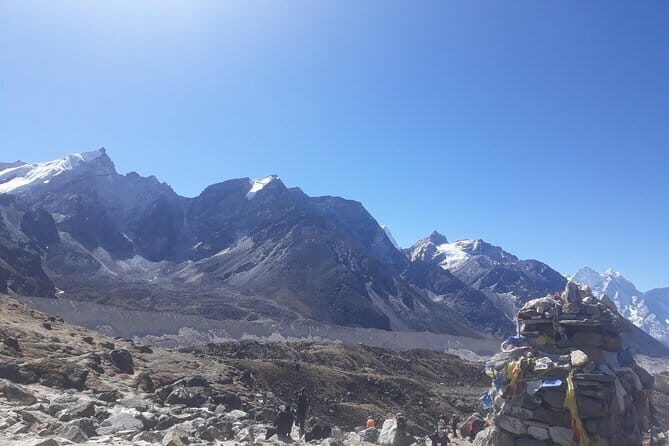
Experience the stunning views of Everest on this 22-day trekking adventure from Jiri via the Tenzing-Hillary route, blending natural beauty and Sherpa culture.
Planning a trek to Everest Base Camp is a dream for many adventurers, and doing it via the Jiri route offers a uniquely rewarding experience. This 22-day guided journey, organized by Alpine Luxury Treks, takes you from the charming town of Jiri through less-traveled trails, giving you an authentic taste of Nepal’s stunning landscapes and Sherpa traditions. While the journey is physically demanding, the breathtaking vistas and cultural encounters make every step worthwhile.
One of the most appealing aspects of this trek is its focus on less crowded paths. Unlike the mainstream approach through Lukla, starting in Jiri means fewer travelers and a more intimate connection with the environment. The trek concludes in Lukla, famed for its dramatic landing strip and panoramic Himalayan views. A highlight? The chance to see Mount Everest up close from Kala Patthar, all while soaking in the mountain’s awe-inspiring majesty.
However, be prepared for long trekking days and challenging altitude gains — this isn’t a leisurely holiday. It’s ideal for those with a good level of fitness and a desire to experience the Himalayas more authentically. If you’re after a trek that combines natural beauty, cultural richness, and a sense of adventure, this route is a superb choice.
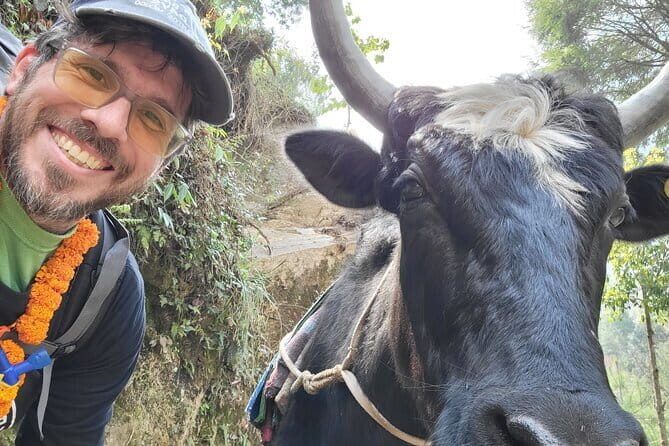
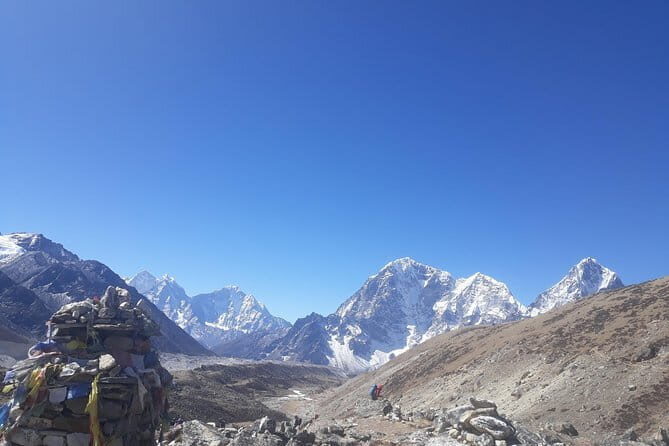
Outdoor enthusiasts can explore more Kathmandu trails with these hiking options
Your adventure kicks off with a couple of days in Kathmandu, where you’ll get a taste of Nepal’s vibrant culture. The tour includes sightseeing around the UNESCO World Heritage sites—palaces, temples, and bustling markets—setting the perfect context before heading into the mountains. Staying in comfortable guesthouses in Kathmandu, you’ll get time to prepare mentally and physically for the trek ahead.
Getting to Jiri involves a scenic bus ride, which takes roughly 7-8 hours. While this part isn’t covered by the trek itself, it’s a significant component because it takes you into a quieter region, away from the hustle of direct Everest routes. The drive offers glimpses of terraced fields, small villages, and the changing landscape, building anticipation for the wilderness ahead.
The trek’s first stages are relatively gentle but gradually gain altitude. From Jiri, you walk for about 6 hours to Bhandara, passing through lush forests and small villages. The path is less trodden, so you’ll enjoy a sense of discovery and solitude. Day four continues with a 5-6 hour walk to Sete, a common stop before crossing the difficult suspension bridge into higher elevations.
The trail climbs steadily, taking you through forests of pine and rhododendron, with encounters of local herders and Sherpa communities. Namche Bazaar, a lively trading hub, marks the first major acclimatization stop, giving trekkers a chance to adjust to the altitude and explore the vibrant market scene. Here, you’ll get your first real glimpse of Himalayan grandeur and the chance to stock up on supplies.
As you ascend to Tengboche and Dingboche, the landscape becomes more rugged and exposed. The monastery at Tengboche is a spiritual highlight, with sweeping views of Everest, Lhotse, and Ama Dablam. The next few days include an acclimatization day in Dingboche, essential for avoiding altitude sickness, and allow you to explore the surrounding fields and mountain vistas.
The days leading to Everest’s doorstep are demanding but deeply rewarding. Lobuche and Gorakshep are high-altitude settlements that serve as staging posts for the ultimate goal: Kala Patthar and Everest Base Camp. Expect long hours on sometimes steep and uneven paths, but the views of Nuptse, Lhotse, and Everest make every step worthwhile.
From Gorakshep, an early morning hike to Kala Patthar offers a close-up view of Everest’s summit—an unforgettable photo opportunity. Visiting Base Camp involves a further trek, where you can see the iconic tents and hear the stories of mountaineers who have stood on the summit. It’s a profound experience that leaves many travelers speechless.
Descending offers a chance to reflect on the journey and enjoy familiar vistas with a new perspective. The route back through Namche and Phakding is less strenuous but still offers breathtaking views. The final days are spent walking back to Lukla, famous for its tiny runway, offering a dramatic landing experience that marks the end of your trek.
The tour includes all overnight accommodations during the trek and Kathmandu, meals (breakfast, lunch, dinner), and flights from Lukla to Kathmandu. Transportation from Kathmandu to Jiri is by bus, providing a comfortable start to the adventure. Small group sizes—max 10 people—mean you’ll receive personalized support from guides and staff, enhancing safety and camaraderie.

Throughout the trek, you’ll stay in comfortable lodges that are basic but clean, providing a cozy retreat after long days of walking. The included meals are hearty and nourishing, with local dishes like dal bhat, momo (dumplings), and local vegetables. This ensures you stay energized and get a taste of Nepali cuisine.
The trek’s length and altitude gains mean it’s best suited for fit, determined travelers. Long walking days—sometimes up to 8 hours—and variable weather conditions, especially at higher elevations, require good preparation. The terrain can be uneven, and weather can shift quickly, so packing appropriate gear is crucial.
While not explicitly detailed, the success of the trek depends on good weather. Typically, the pre- and post-monsoon seasons (spring and autumn) offer the clearest skies and most stable conditions for viewing Everest and other peaks. Be prepared for chilly mornings, especially at higher altitudes.
At $4,151.80 per person, this trek is on the higher end, but it reflects comprehensive support, including flights, accommodations, meals, and guided service. The focus on a less traveled route adds value for those wanting an authentic, quieter experience with fewer fellow trekkers.
This journey is ideal for adventure seekers with good physical fitness who want more than just the typical trek. If you’re interested in culture, enjoy long days of walking, and crave breathtaking mountain views, this route will satisfy your wanderlust. It’s also suited for those who appreciate a more personalized experience with small group sizes.
On the flip side, if you prefer shorter treks or have altitude concerns, you might need to prepare carefully or consider alternative routes. The climb to high altitudes demands proper acclimatization and health readiness.
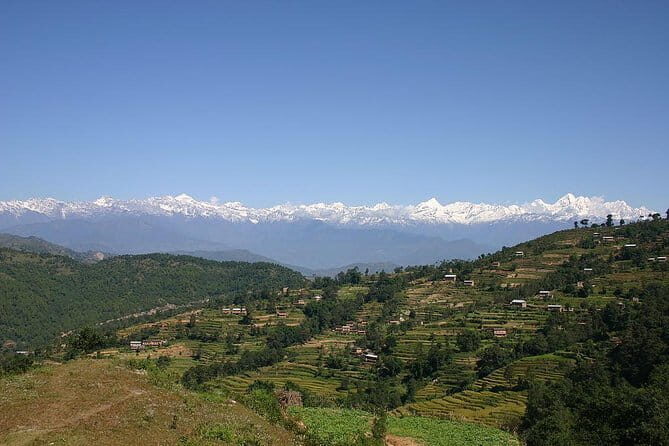
The Everest Base Camp Trek via Jiri and the Tenzing-Hillary route offers a more authentic and less crowded alternative to the standard Everest trek. It combines challenging terrain with spectacular views and an opportunity to connect with Sherpa culture in a meaningful way. While it’s not for the faint-hearted, those with a good fitness level will find the journey deeply rewarding, filled with unforgettable moments at every turn.
This tour is particularly valuable for travelers craving a more immersive experience—stepping into the shoes of early explorers—while still enjoying creature comforts like meals and accommodations. The included flights and transportation streamline logistics, but the real highlight remains the stunning panoramas and the sense of achievement in reaching Everest’s foothills.
Overall, if you’re seeking a trek that balances adventure, culture, and spectacular scenery, this journey from Jiri to Everest Base Camp will leave you with stories to tell for a lifetime.
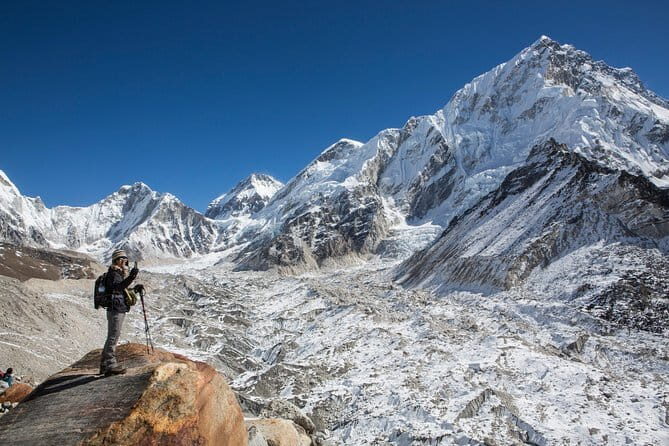
What is the starting point of this trek?
The journey begins in Kathmandu with sightseeing, then transitions to Jiri by bus, which takes about 7-8 hours.
Are meals included during the trek?
Yes, all meals—breakfast, lunch, and dinner—are included throughout the trek, providing hearty, local dishes to keep you fueled.
What is the maximum group size?
The trek is limited to a maximum of 10 travelers, ensuring a more personal experience.
Does the trek include flights?
Yes, the package covers the flight from Lukla back to Kathmandu, which is a highlight after days of trekking.
Are accommodations provided during the trek?
Yes, all overnight stays are included, primarily in basic but comfortable lodges.
Is this trek suitable for beginners?
It’s better suited for those with good physical fitness due to its length and altitude gains; beginners should prepare accordingly.
What is the best time of year to do this trek?
While not specified, good weather in spring and autumn generally offers the best conditions for trekking and striking views.
This comprehensive trek offers a rare blend of natural beauty, cultural richness, and adventure. Whether you’re after panoramic mountain vistas or a connection with Sherpa life, it’s a journey worth considering.